The Gopher Tortoise: A Keystone Species in Jeopardy
Meet the Gopher Tortoise (Gopherus polyphemus).
Adorable little tortoise, am I right? These small tortoises (shell reaching only about a foot in length) are native to the southeastern United States. As their name suggests, gopher tortoises are a fossorial species, meaning they live a burrowing lifestyle, and they are incredibly well adapted for it (as you will soon see). They are a largely herbivorous species, but they have been known to scavenge for carrion in times of hardship. These little guys are incredible survivors; unfortunately, this little survivor may be in mortal danger.
The gopher tortoises have faced an alarming number of challenges that have decimate their numbers. Their habitats are being destroyed and altered by both humans and global climate change. They are seized by poachers for the illegal pet trade. Bacterial and viral diseases cause lethal upper respiratory tract infections, eliminating entire populations. They are faced with a growing number of predators, including pets and invasive species (fire ants have been introduced and devour tortoise eggs). Interestingly enough, gopher tortoises have even been consumed by humans for thousands of years; as recently as the Great Depression, they were called "the poor man's chicken" and eaten by individuals who were out of work and couldn't afford real chicken or beef. And they are mistakenly killed by well-meaning individuals who don't know enough about them (tourists in Georgia and Florida occasionally find these tortoises on the sandy dunes along beaches; believing them to be stranded sea turtles, they release them out in the water. Gopher tortoises are poor swimmers and drown easily). Faced with incredible pressure, these tortoises are now on the IUCN list as "vulnerable to extinction".
Okay, so he's cute and all, and it would be sad to lose the gopher tortoise, but why should we care? What makes this one animal so important when compared alongside all the endangered and threatened species in the world? It is because the gopher tortoise is classified as a "keystone species". A keystone species is defined as a species on which other species in an ecosystem largely depend, such that if it were removed, the ecosystem would change drastically. Simply put, if the gopher tortoise disappeared tomorrow, it would have an impact on the entire environment of southeastern United States. This seems like an exaggeration, but to understand we need to look at a crucial natural phenomena of the tortoises' territory: forest fires.
The swamps, forests and swamp lands of the southeast are HEAVILY dependent on forest fires (some plants are so dependent on them, they are dying out due to our fire-suppression practices). Forest fires are like a purge for the environment, wiping out sick or dead foliage (or even invasive species) and returning vital nutrients to the soil. The fires burn through the thick undergrowth, allowing sunlight to reach the forest floor and encourage the growth of native species. Healthy trees are resilient, and most are able to survive a forest fire, so the forest is not lost in the blaze. Young forests recovering from forest fires have also proven to be far more diverse both in terms of animal and plant species; they are so dependent on fires that we now do controlled "prescribed fires" to continue the natural process.
They may be important, but forest fires are deadly. When the flames are bearing down on them, animals are not concerned with the "benefits of a fire", they are driven by one thought: escape the blaze or die. Fires spread remarkably quickly, and there isn't always enough time to outrun them; hiding is often their best bet. Enter the gopher tortoise, who has spent its life burrowing, creating deep tunnels all throughout its habitat. These burrows are now the perfect fire-proof bunkers and they are much deeper than you are thinking: these tunnels may go as deep as nine feet below the surface and extend for a length of almost FIFTY feet. Animals rush to find these bunkers where they can wait out the deadly flames in safety.
So we are clear, we're not talking about just a handful of animals from a few different species. Over FOUR HUNDRED species have been found hiding in the burrows of the tortoise...often alongside the tortoise itself (watch the video below, it's amazing!)! Without these crucial burrows, many of these animals would likely be lost in the devastating fires. Even a number of endangered species rely on these tunnels; from indigo snakes to burrowing owls, the tortoise offers refuge for some of the rarest animals in the United States. The burrows aren't just fire escapes; even in the best of times many species use them on a daily basis for feeding, resting, reproduction, protection from temperature extremes, moisture loss, and predators. Without these crucial havens, a lot of these species might be unable to survive on their own (or at least face greatly increased environmental pressures), which would impact the entire ecosystem through the food web.
All because of this one little tortoise.
We don't really think of the importance behind a single species or group of animals. What impact could they possibly have? We forget all about these crucial keystone species, animals that carry the weight of the ecosystem on their backs. Much of the local environment depends solely on them; if they are lost, what happens to the rest of the ecosystem? The truth is simple: if we want to save the species of the southeastern United States, we need to start where we will have the biggest impact. We need to start by saving the gopher tortoise.
-----------------------------------------------------------------------------------------------------------------
I found this gopher tortoise 3 years ago during a trip to the Everglades! It remains one of my favorite reptile finds! (Not my arms pictured; my professor was holding it while I photographed).
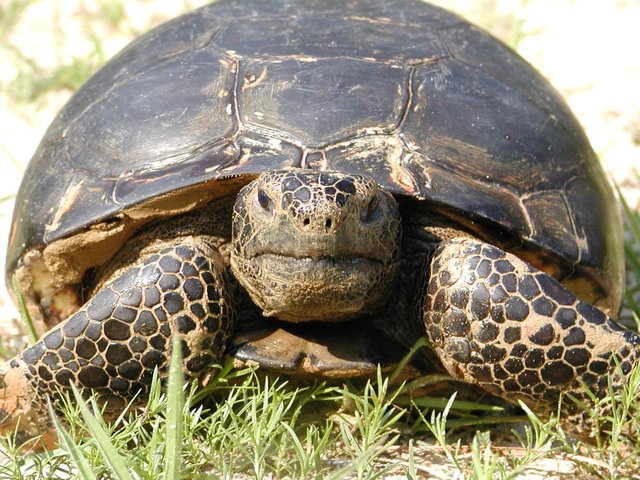
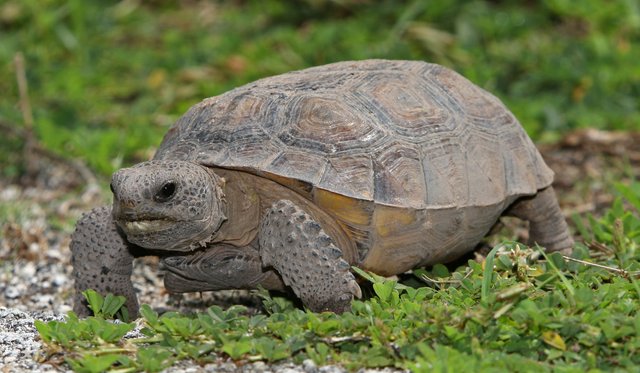
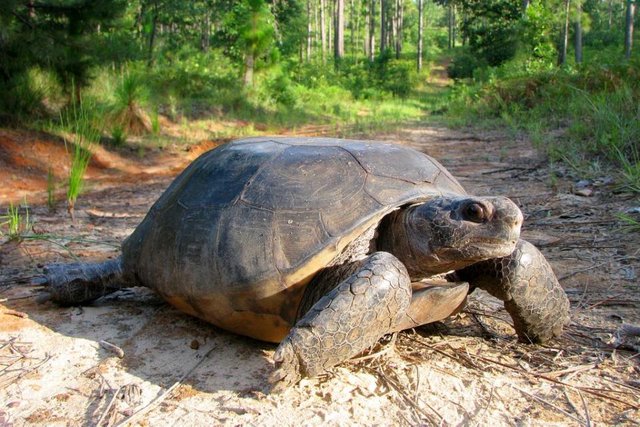
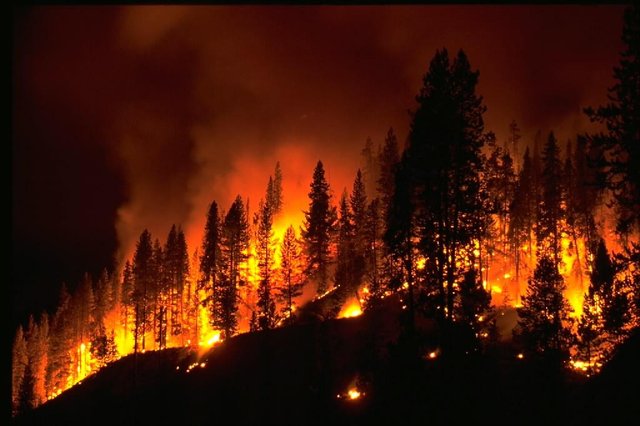
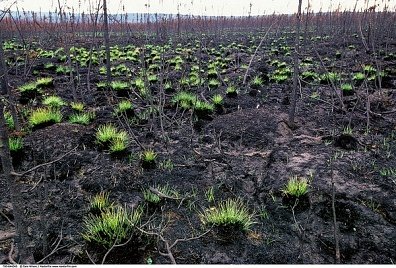
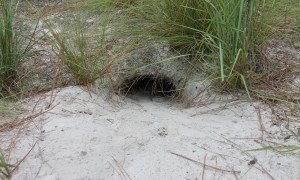
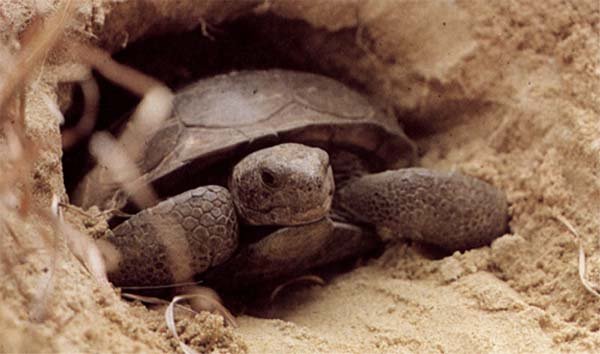

A very interesting post about tortoises. Thanks
I had no idea about gopher tortoise. I live on the west coast of Florida and at least once a year they do a controlled burn of the local conservation lands. It's quite a site actually. I'm going to have to find the pictures of a turtle I took last year some time. I have not been able to find out what kind it is. Maybe you can help?
I lived in a quiet road near a lake and this guy was just wandering around. We didn't get a lot of traffic but I made sure he didn't get squished by cars heading to the boat ramp. I've never seen a turtle with this kind of shell before.
It's definitely one of the aquatic sliders... my best guess is a Peninsula Cooter (we found a similar one during our herpetology trip and I believe that is the identity we came up with), though I admit I am not incredibly familiar with many of Florida's turtles.
Thank you! At least it's a starting point. The google search for turtles in Florida yields dubious amounts of info.
Definitely true. I usually start with the local herpetological societies (most states have one) when doing identifications!